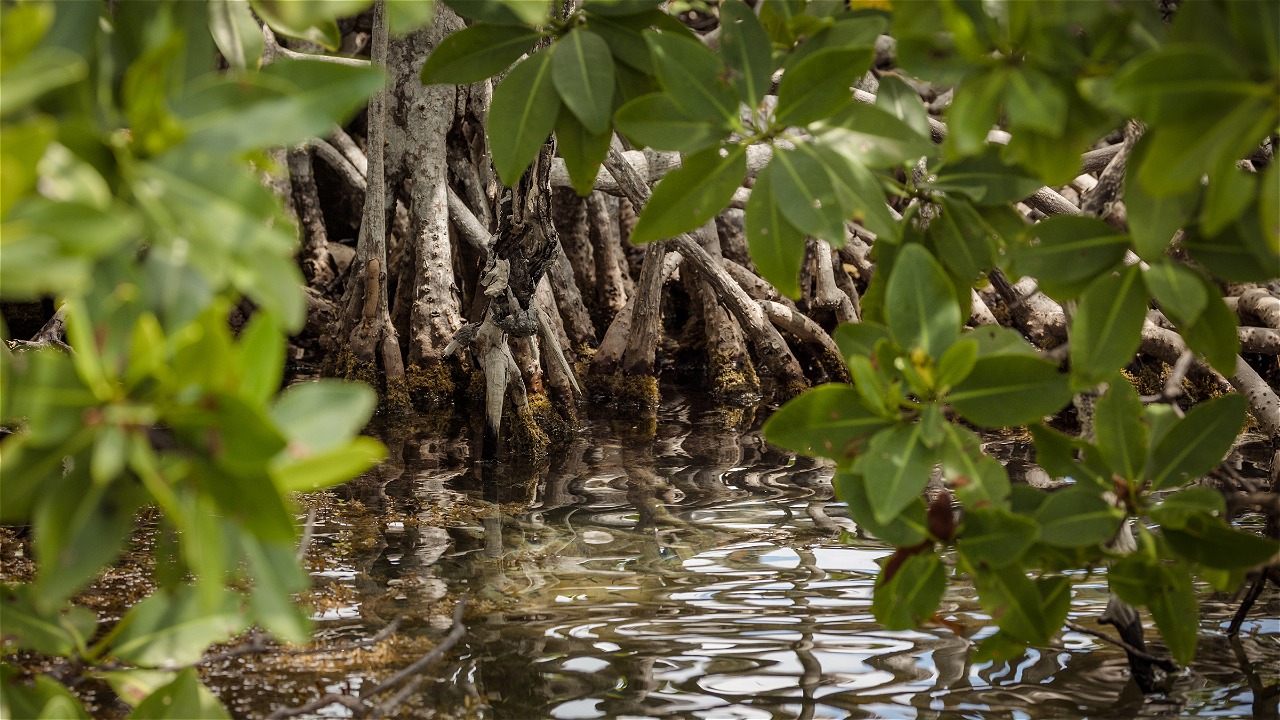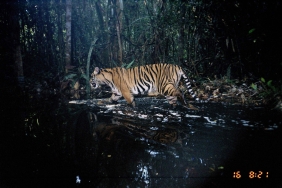WWF-INDONESIA TO REFOREST MANGROVE FORESTS ON BALI COAST SOON
By: Ciptanti Putri
The tourism business is growing rapidly in all corners of Bali. Hotels, inns, resorts, and various tourism activity centers are growing in order to accommodate the high arrival of domestic and foreign tourists. Development is occurring in all corners of the region, leaving vulnerability to natural sustainability on the Island of the Gods.
Mangrove forests as one of the supporting areas for coastal areas are also eroded due to exploitation, land use change, and mass tourism development that does not pay attention to environmental aspects and the carrying capacity of the local environment. In fact, the existence of mangrove forests is the guardian of the coastline and protects it from erosion and damage caused by waves or wind. Mangroves in the ecological system play a role as a supplier of organic matter that keeps the production of fish, shrimp, crabs, and others stable. In addition, mangrove forests can be a source of wood and non-wood products that can be an alternative source of income for local communities.
The current forest area in Bali only covers 23%--including the mangrove forest area; of course this fact is quite alarming. According to the records of the Buleleng Regency Forestry and Plantation Service, of the 278 hectares of Buleleng's mangrove forest area outside the West Bali National Park, 98 hectares of it is in a badly damaged condition.
The condition and problems of mangrove forests in Bali as well as the policy of the Bali Provincial government to increase the forest area to 30% encourage WWF-Indonesia together with partners to invite parties who care about nature conservation to restore mangrove forests on the coast of Bali. In the initial stage, WWF-Indonesia will concentrate the activities in one of Bali's mangrove distribution locations, namely in Sumberkima, Gerokgak District, Buleleng Regency, North Bali. This program intervention will combine conservation programs in the form of mangrove forest restoration and the development of mangrove crab cultivation in cages to be developed by coastal communities in Sumberkima Village. All work and management of the project, which will begin on September 26, 2014, will fully involve existing farmer groups. With such a pattern, it is hoped that conservation aspects, ecological resilience aspects, and economic aspects that improve the welfare of the community can be achieved.
In conducting mangrove forest reforestation and community empowerment activities, support from the wider community is needed to ensure the success of the program. Funding support from corporations and individuals will be very meaningful to save the West Bali coast from the threat of land degradation. For this reason, WWF-Indonesia has ""NEWTrees"" which accommodates concrete actions from corporations. While for individuals, it can be through the ""MyBabyMangrove"" program. For more information about the mangrove reforestation program on the coast of Bali and how to contribute, please visit http://wwf.or.id/mybabytree, or contact corporatepartnership@wwf.or.id.





